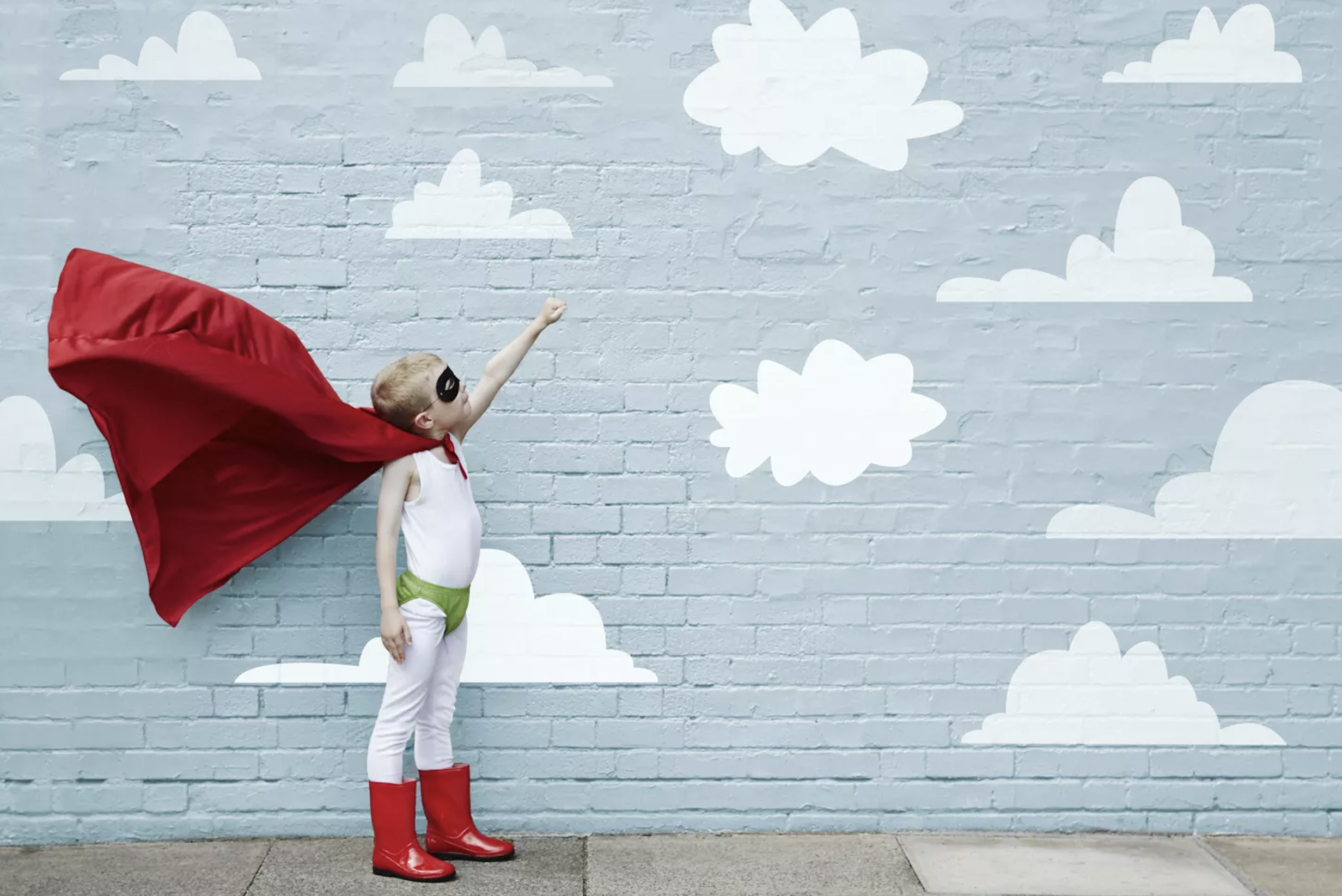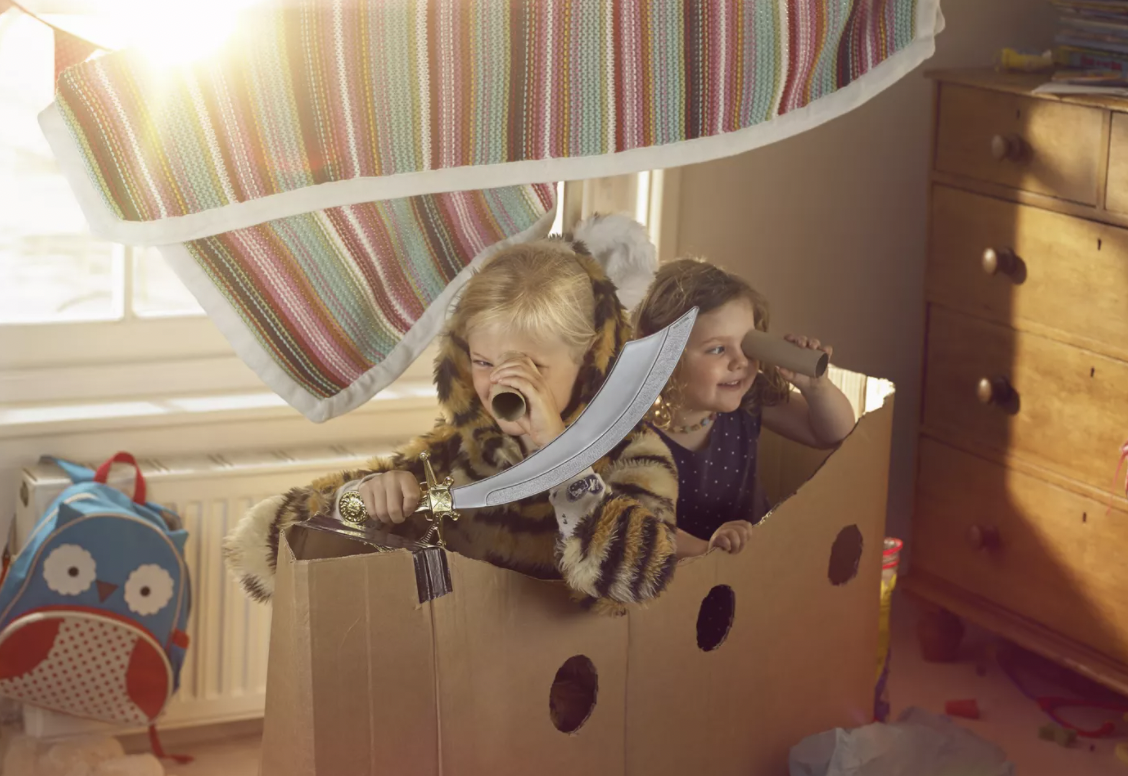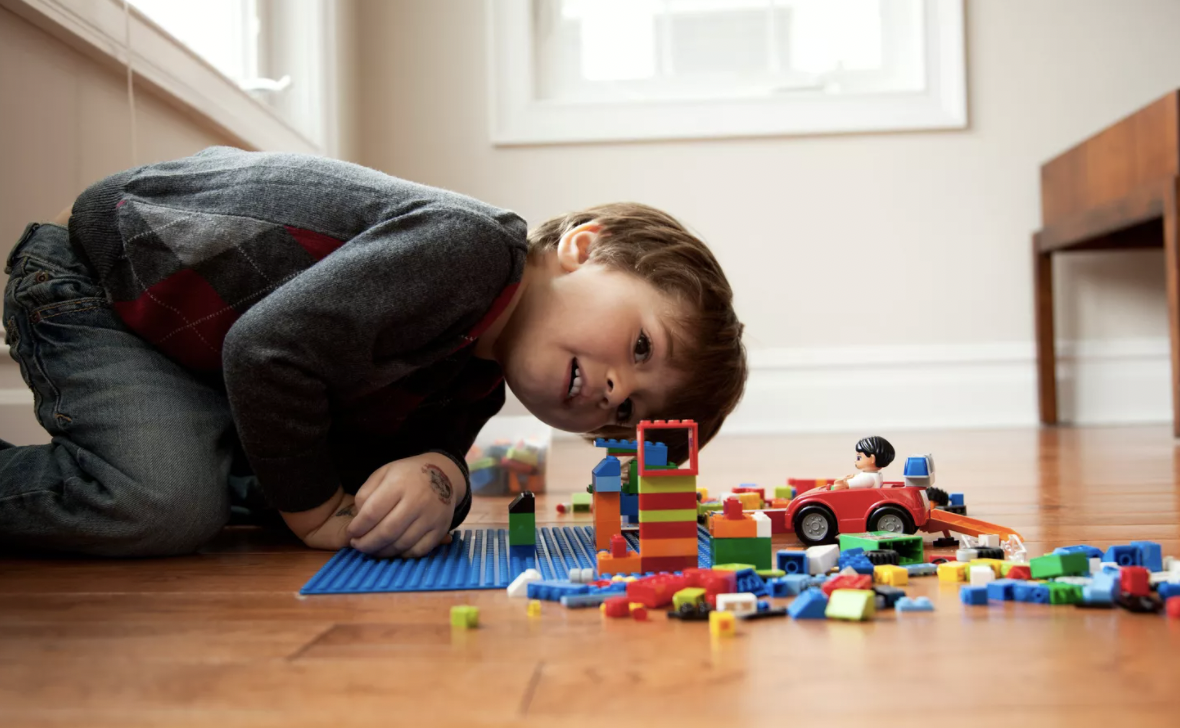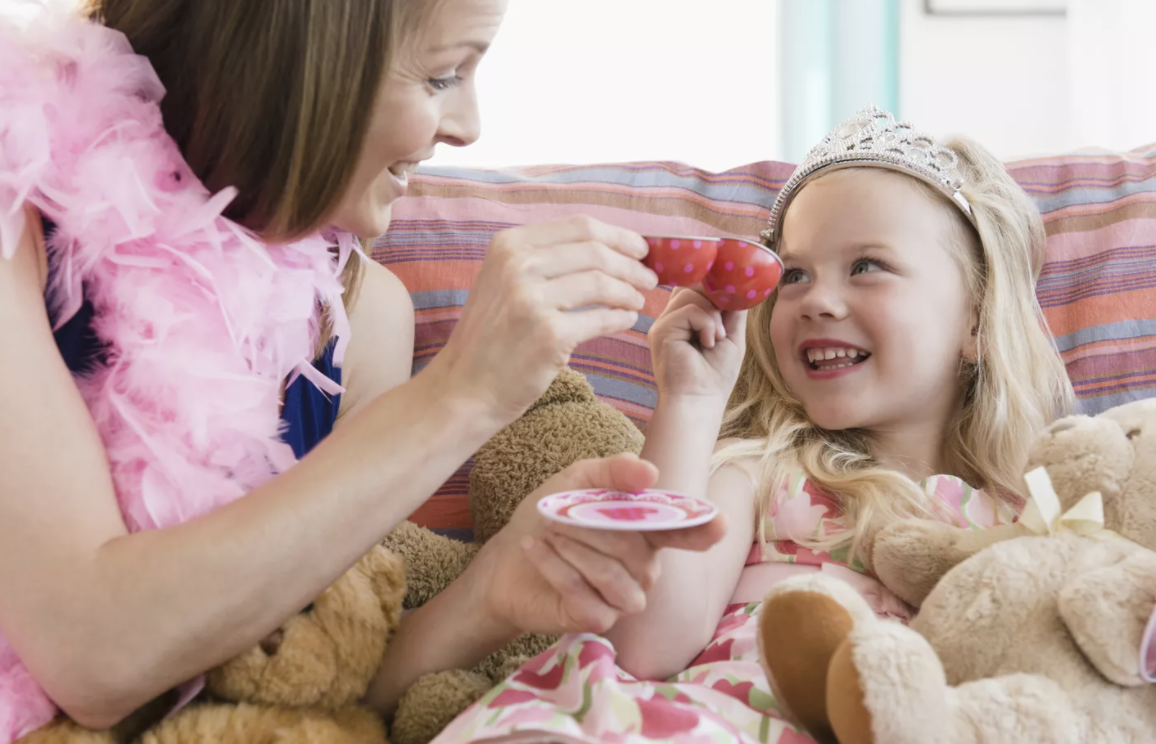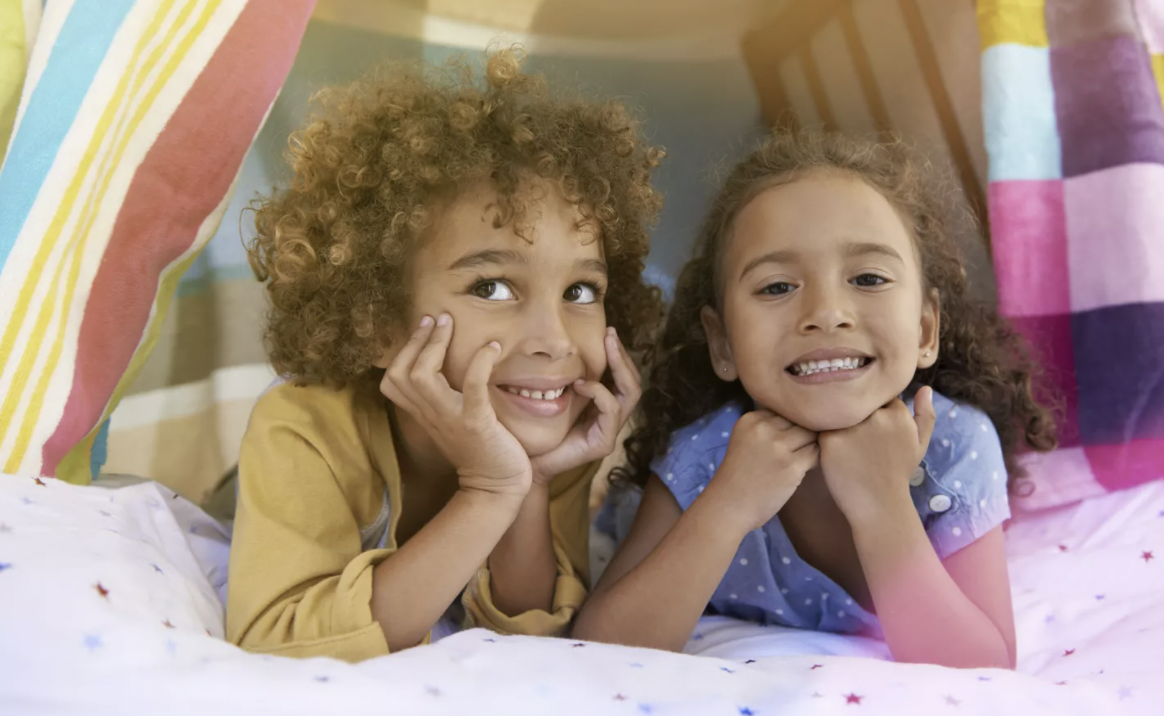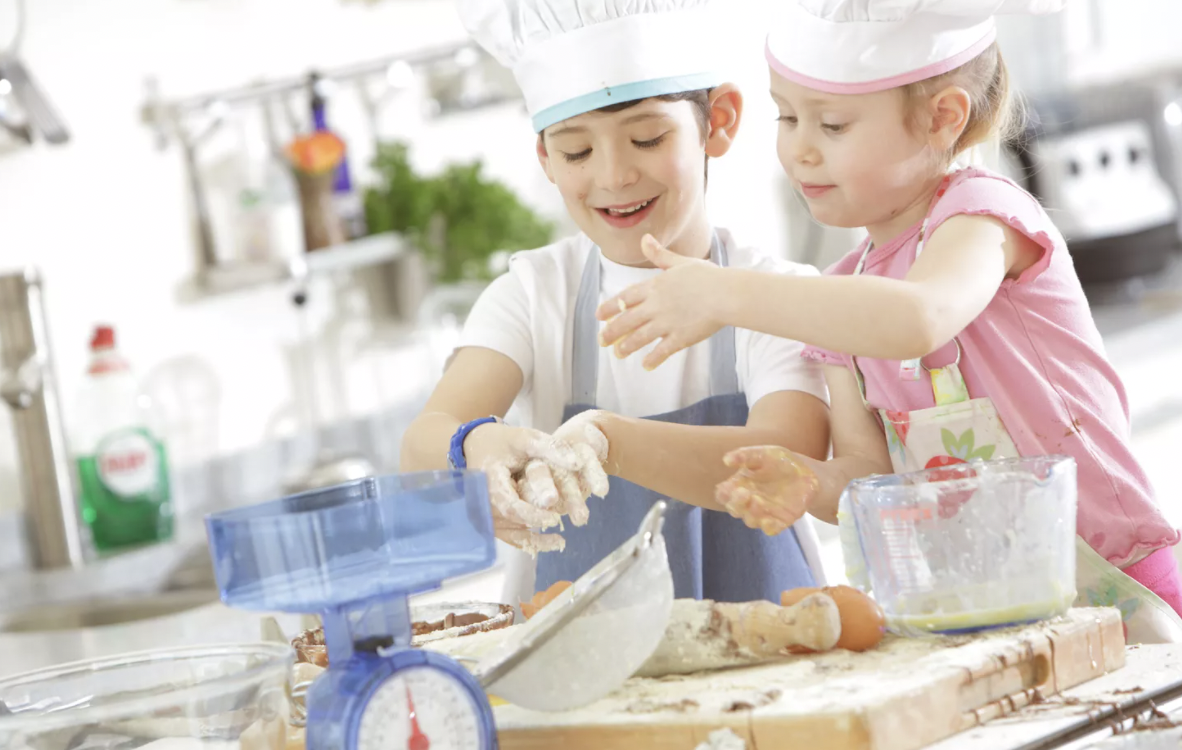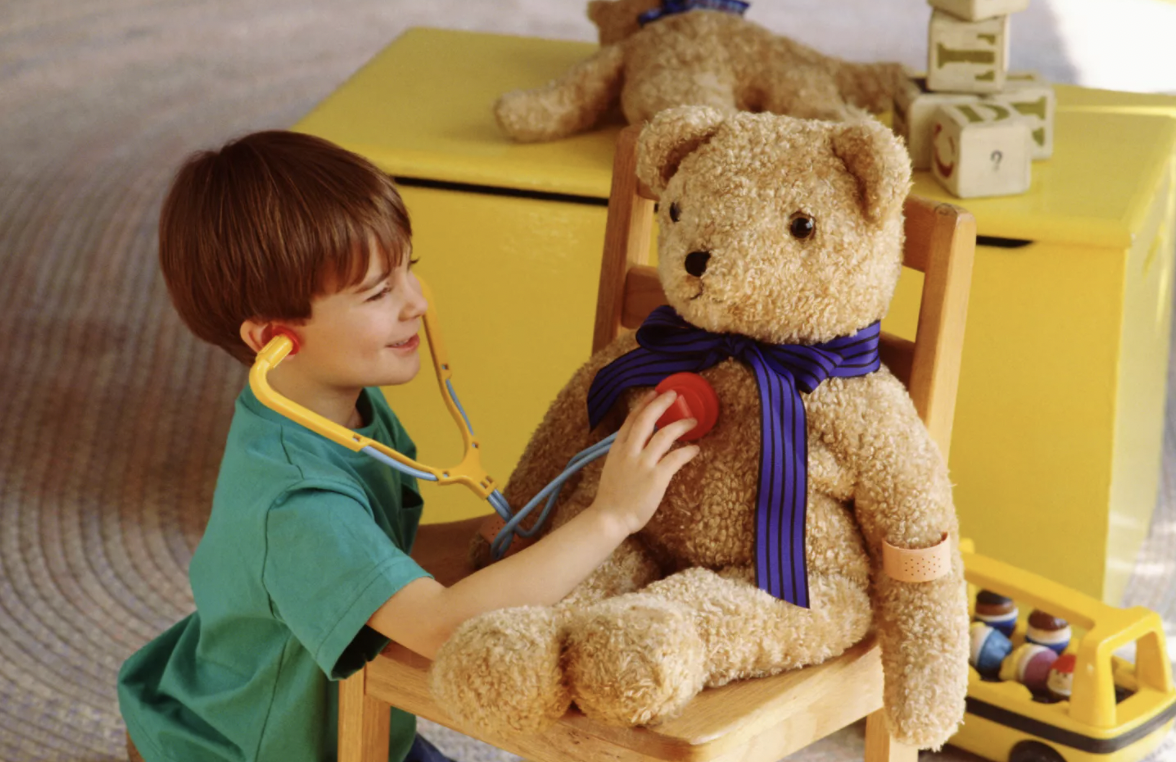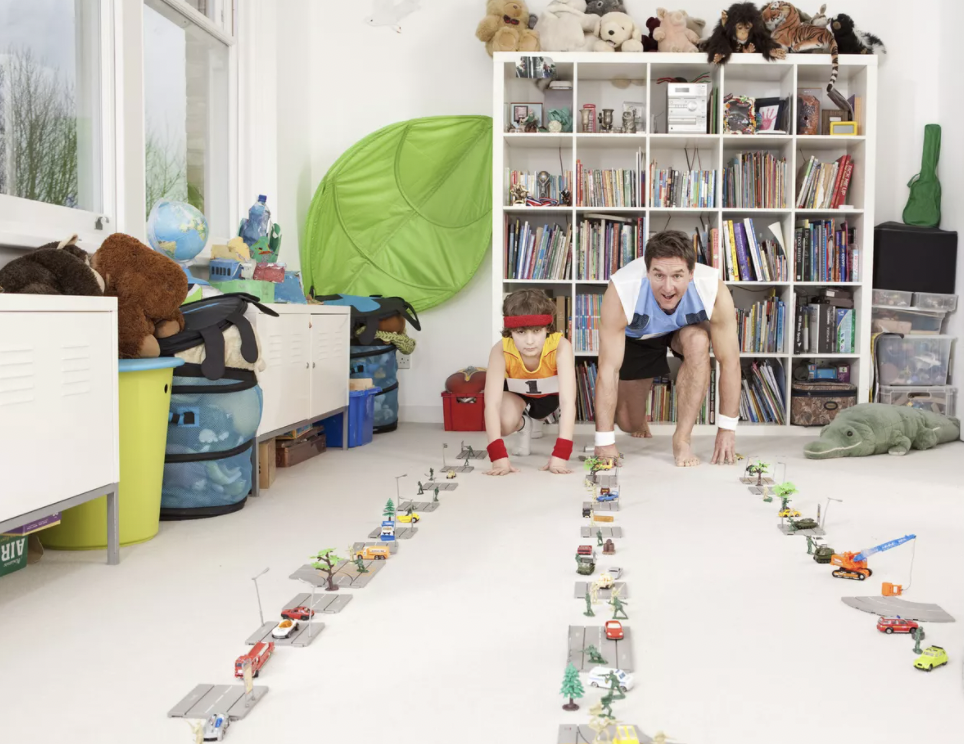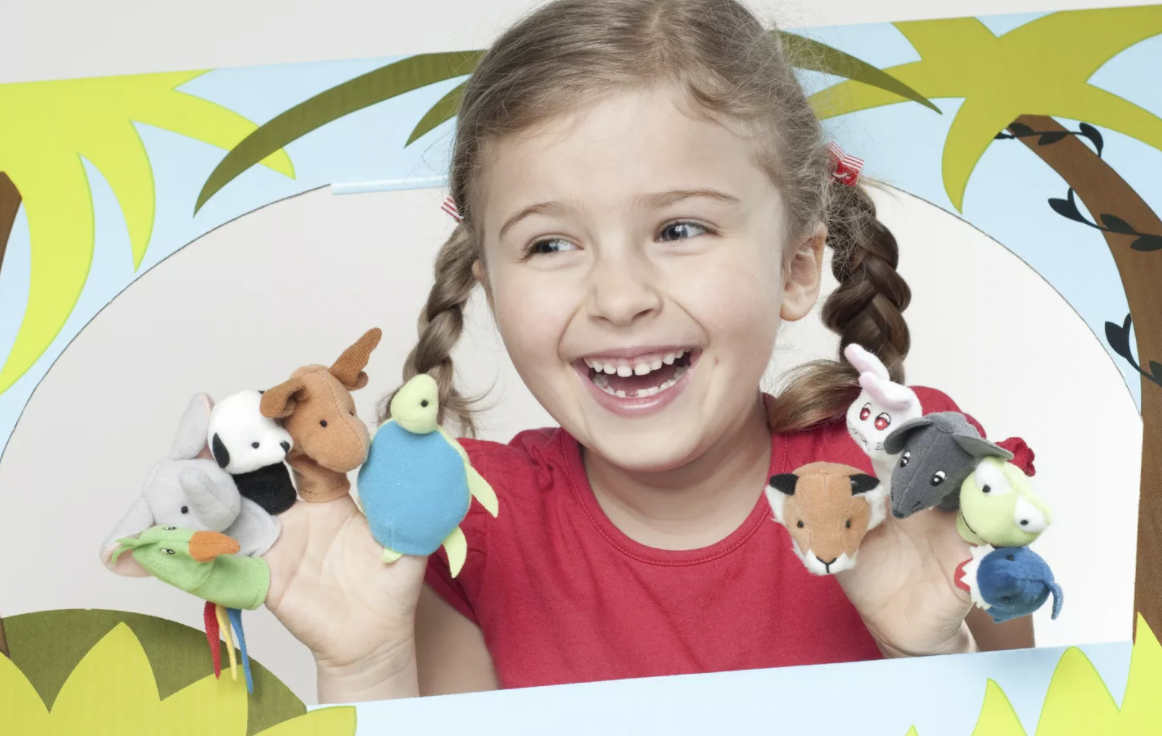When kids pretend they’re pirates or secret agents, or create their own characters using dolls or Lego figures, it seems like they’re playing simple games—literally engaging in child’s play. But what’s going on when kids use their imaginations and pretend when they play is actually very complex, and very good for kids’ development. Here are some key ways the imaginative play is beneficial for kids.
Why Creative Play Is Good for Kids
It encourages creativity. The power of kids’ imaginations is a wondrous thing to behold. All they need is some time, space, and encouragement, and they can be anything and go anywhere, just by pretending.
The makeup stories and adventures and create whole worlds and dialog and action sequences naturally, without even thinking about it—this is creativity in its purest form.
Have Cardboard Box, Will Travel
Parents know that kids don’t need expensive toys to have fun and that one of the most beloved and often-used favorite playthings for kids is an ordinary cardboard box. With it, they can create anything their imaginations can think of, from a rocket ship to a car, or even a pirate ship sailing on the high seas, and pretend to have lots of adventure and excitement in their box, er, awesome vessel or vehicle.\
App-Solutely Fun Movies Directed and Scripted by Your Child
Here’s a very cool idea that’ll keep your child entertained for hours: Use your cell phone to take photos or videos of action scenes (or let older kids do this themselves if they’re careful with the phone). Some apps allow you to stitch together photos to make a stop-motion animated film, and your child can make it look like Iron Man or a Disney Princess is walking across a room or fighting a bad guy, or have a Lego guy or girl driving a toy car—or anything else your child can think of.
Playing Dress Up
Who knew something as simple as playing dress-up and having a pretend tea party could offer kids so many benefits? When you give your child a box of simple accessories like hats, plastic tiaras, and old Halloween costumes, they can become anyone they can think of, from a princess having a tea party to a good pirate who gives out riches instead of taking them. They can use their imaginations to create stories about who they are and what adventures they’re having, and create other characters for the pretend scenarios.
Fortress of Fun
All kids really need to create a fort—which seems to be a universally loved activity that all kids seem to inherently love doing—is a blanket or sheet and some chairs. That’s it. With that, kids can pretend they’re guarding a castle against invaders, hiding out from enemy spies, or camping out in the wilderness.
Kitchen Cooking
Another thing most kids love to do is to create special dishes in play kitchens. School-age kids love playing restaurant—playing a waiter taking down orders, cooking up yummy treats in the kitchen, and then serving the customers. And the best part of kitchen play with big kids is that they can often help with real cooking and baking by doing tasks like helping measure and mix ingredients to bake something or tearing lettuce leaves or washing cherry tomatoes for a salad.
Checkups and Tea Parties With Stuffed Animals
As much as kids may hate going to the pediatrician and getting immunization shots, they love pretending to be a doctor and giving their stuffed animal friends checkups and shots. Stuffed animals are also often used by kids when they set up tea parties or act as diners when they open a pretend restaurant and serve meals out of their play kitchens.
Indoor Olympics
Get a little exercise into imaginative play by holding an indoor Olympics. You can line up toy cars to make lanes for racing or hold other races/events like timing how fast each “athlete” can put on all the hats and costumes in a dress-up clothes box or walk from one marker to another while carrying a boiled egg on a spoon.
Finger Puppet Play
Have your child come up with a story and script and characters and use finger puppets to put on a play. They can work with friends or siblings or you to make scenery and collaborate with fellow writers or work on their own to bring a story to life and perform it for an audience when they’re done. They can even choose songs or better yet, make up their own!

